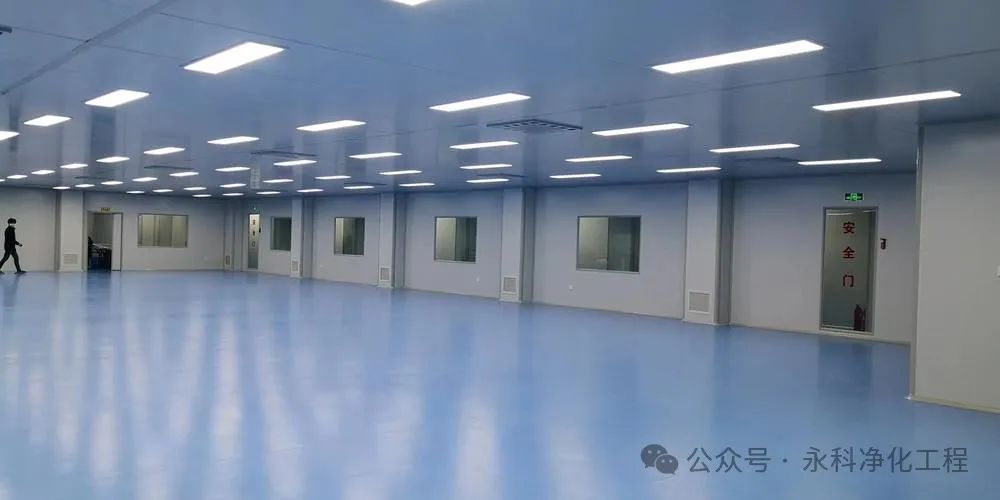In the process of circuit board manufacturing, electronic clean rooms are not only a key link in ensuring product quality and production efficiency but also an important place for safeguarding employee health and safety. Due to the involvement of high-precision electronic equipment, chemical solvents, and strict cleanliness requirements, it is particularly important to formulate and implement effective safety and protection strategies. This article will delve into the safety and protection strategies for electronic clean rooms in circuit board manufacturing, aiming to provide enterprises with a comprehensive safety guide.
1. Electrical Safety
1. Equipment Grounding: Ensure that all electrical equipment and tools are properly grounded to prevent electric shock and short circuit accidents.
2. Regular Testing: Conduct regular inspections and maintenance of electrical systems, including wires, sockets, circuit breakers, etc., to ensure there are no aging or damage issues.
3. Safety Operating Procedures: Formulate and strictly enforce electrical safety operating procedures, prohibiting untrained personnel from accessing electrical equipment.
2. Chemical Management
1. Safe Storage: Chemicals should be stored in designated safe areas, away from fire sources, heat sources, and incompatible substances.
2. Personal Protection: Employees must wear appropriate personal protective equipment, such as respirators, gloves, and goggles, when handling chemicals.
3. Emergency Response: Develop emergency plans for chemical spills, including emergency evacuation, spill control, and personnel rescue measures.
3. Cleanliness Control
1. Air Purification: Use high-efficiency filtration systems to ensure that the air cleanliness in the clean room meets production requirements.
2. Personnel Purification: Employees must undergo changing and air shower purification procedures before entering the clean room to reduce the carrying of contaminants.
3. Material Purification: All materials entering the clean room must undergo cleaning treatment to ensure they do not contaminate the production environment.
4. Fire and Explosion Prevention
1. Fire Safety Facilities: Install fire safety facilities such as smoke detectors and fire extinguishers, and regularly check their effectiveness.
2. No Smoking: Smoking is strictly prohibited in the clean room to prevent fire sources from igniting fires.
3. Chemical Management: Strictly control the storage and use of flammable and explosive chemicals to avoid fire or explosion accidents.
5. Emergency Response and Training
1. Emergency Plans: Develop comprehensive emergency plans, including response measures for emergencies such as fires, chemical spills, and equipment failures.
2. Employee Training: Regularly conduct safety education and emergency drills for employees to enhance their safety awareness and self-rescue capabilities.
Conclusion
In summary, the safety and protection strategies for electronic clean rooms in circuit board manufacturing involve multiple aspects, including electrical safety, chemical management, cleanliness control, fire and explosion prevention, and emergency response and training. By formulating and strictly implementing these strategies, enterprises can ensure a safe and stable production environment while safeguarding employee health and safety.